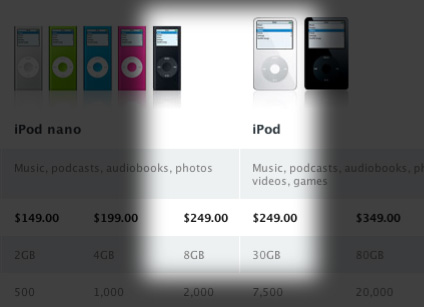Kickstarter: Disrupting With People
Kickstarter is blowing doors on monetization strategies this year and challenging traditional consumer and auction paradigms. News dropped today of Scott Wilson breaking Kickstarter’s funding record by raising over $275,000 for his iPod Nano watch enclosure. And he raised that money in one week. One.
I first learned of Kickstarter from a post by Craig Mod where he broke down how he was able to fund the printing and publishing of his book, Art Space: Tokyo. It’s a must-read for anyone in any type of media who wants to stay relevant.
Forget that. You need to understand the success of Kickstarter of you’re a human being who works in order to obtain money to live. Period.
The hook for me, what makes Kickstarter so powerful is the human element. Call it social networking, call it viral, call it crowdsoucing. I call it human.
The Economist did an interview with one of the founders, Perry Chen. The whole interview is great, but this bit stood out for me:
Just like eBay or Etsy, you are obligated to do what you say you’re going to do–fulfil the limited edition, or create the event or experience that you promised to create–in exchange for someone opening their wallet and backing your project. The interesting thing is that these projects are funded by dozens, hundreds and in some cases thousands of people, but it is never completely anonymous. Within those backers are friends, long-time fans, family members, classmates, people in the gardening club with you. So there’s already a social fabric that’s brought into Kickstarter. The accountability is strengthened because those people are there.
People.
Just keep people in mind when you’re starting a new business plan. If you keep the focus on people and not on “how we’re going to beat the competition”, you’re already putting yourself in a better position for success.
